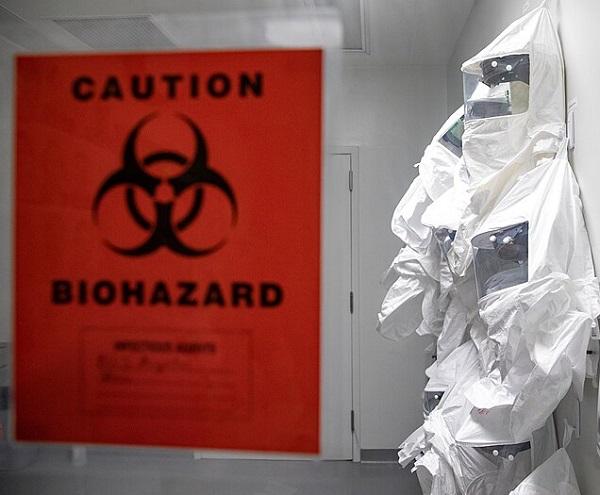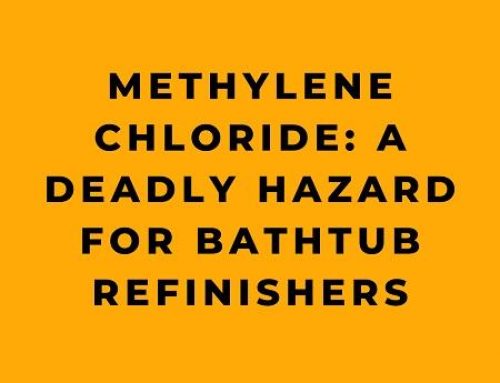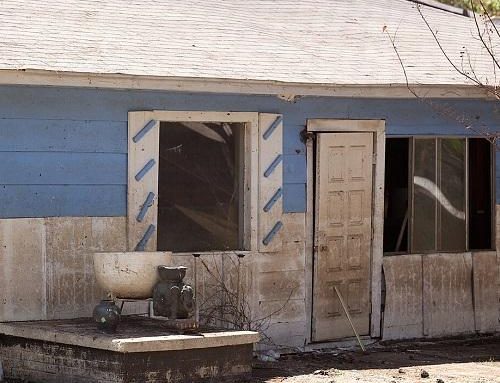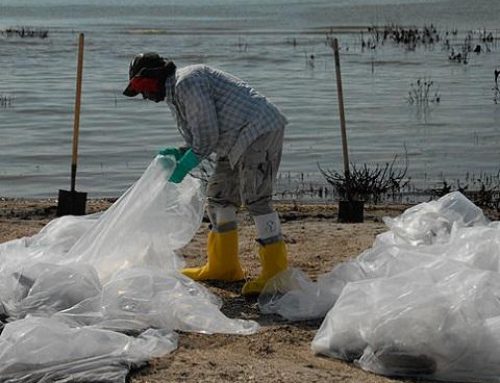Biohazard suits, also referred to as personal protective equipment (PPE), are essential in safeguarding individuals from biohazards such as blood, bodily fluids, infectious diseases, and other harmful contaminants. These suits offer significant protection when used correctly. However, understanding the correct procedures for donning and doffing these suits is crucial to minimize exposure risk. This article will discuss the key aspects of using biohazard suits correctly, including their composition, the process of wearing and removing them, the types of biohazards they protect against, and the experience of working in a biohazard suit. We will also discuss the importance of using certified suits and proper disposal methods. By the end of this guide, you will have a comprehensive understanding of the best practices for using biohazard suits and their critical role in protecting individuals from biohazards.
Donning and Doffing Biohazard Suits
Biohazard suits are vital in protecting individuals from biohazards during the cleanup and handling of hazardous materials. It’s crucial to follow specific procedures when donning and doffing the suit to ensure maximum protection. The highest risk of contact with dangerous contaminants occurs during the removal of the suit. This process requires two well-trained individuals knowledgeable in handling PPE. It’s essential to ensure the suit is free from gaps or holes, especially when wearing gloves, as even the smallest opening can lead to exposure to biohazards. Therefore, only individuals well-versed in the correct procedures for using biohazard suits should handle them to minimize the risk of exposure to life-threatening contaminants.
Composition of Biohazard Suits
Biohazard suits are composed of various materials, including rubber, fabric, and laminate, each designed to provide protection against specific biohazards. The level of protection offered by the suit depends on the thickness, type, and structure of the seams, as well as the types of materials used. The suits are designed to prevent biohazards from penetrating the material and harming the wearer. However, it’s crucial to note that some suits are designed for single-use and should be discarded as regulated medical waste, while others can be cleaned using precise procedures and reused. It is important to select the right type of suit for the specific biohazard being addressed, and only certified suits should be used to ensure maximum protection.
Ensuring Safety for Ourselves and Our Clients
When working in biohazard environments, such as cleaning up after a traumatic event, safety is paramount. The use of proper PPE, including biohazard suits, along with the correct techniques for putting them on and taking them off, is vital for ensuring the safety of both the individuals handling the biohazards and the clients. A certified suit rated for biohazard cleanup is essential to minimize the risks associated with exposure to hazardous materials. Using suits provided by unqualified cleanup companies can expose both the client and the technicians to legal risks and compromise the health and safety of the individuals involved. Therefore, it is imperative to ensure that the suits used are certified for biohazard cleanup and meet all necessary tests and certifications to provide optimal protection.
Working in a Biohazard Suit: What’s It Like?
The experience of wearing a biohazard suit varies depending on the level of protection required. Suits offering lower levels of protection are easier to work in, whereas suits with higher levels of protection are less flexible and can be more challenging to move around in. Additionally, the protective layers of the suit can trap body heat and restrict airflow, leading to a rise in internal temperature. This necessitates regular breaks, hydration, and changing of the suit to prevent overheating and discomfort. A person can only wear a protective suit for a limited time, and adherence to OSHA regulated breaks and changing the suit is essential. Furthermore, proper disposal of used PPE, including biohazard suits, is crucial to prevent the spread of contamination. All PPE used in biohazard cleanup should be disposed of as regulated biohazard medical waste, following the protocols and mandates of the relevant public health authorities.
Types of Biohazards Protected Against
Biohazard suits provide protection against a wide range of biohazards and potentially infectious materials, including blood and bloodborne pathogens, bodily fluids, bacteria, viruses, urine, feces, vomit, tear gas, and various infectious diseases such as C. Diff, MRSA, Hepatitis, and HIV. The level of protection required depends on the specific biohazard being handled, and technicians must select the appropriate type of suit based on the job at hand. The versatility of biohazard suits in protecting against a diverse range of hazardous materials underscores their critical role in biohazard cleanup and handling.
Proper Disposal of Biohazard Suits
Once the biohazard cleanup is completed, the proper disposal of biohazard suits is essential to prevent the spread of contamination. Disposal procedures for biohazard suits depend on the type of contamination and the materials the suit has been exposed to. For most chemical or biological contamination, disposal typically involves enclosing the hazmat suit in a special hazmat enclosure bag, which is then sealed and transported to be burned in a specially designed furnace. For suits contaminated with radiation, they are sealed in a special container designed for the disposal of radiated products and stored in designated areas for radiated materials. Proper disposal of biohazard suits is crucial to prevent the spread of contamination and ensure the safety of the environment and individuals involved in the cleanup.
In conclusion, using biohazard suits correctly is essential for protecting individuals against exposure to biohazards during cleanup and handling of hazardous materials. The process of putting on and taking off biohazard suits requires careful attention to detail to minimize the risk of exposure to life-threatening contaminants. Certified suits rated for biohazard cleanup should be used to ensure maximum protection, and proper disposal of used PPE is crucial to prevent the spread of contamination. By adhering to the best practices for using biohazard suits and following the recommended disposal procedures, individuals can protect themselves and others while working in biohazard environments










